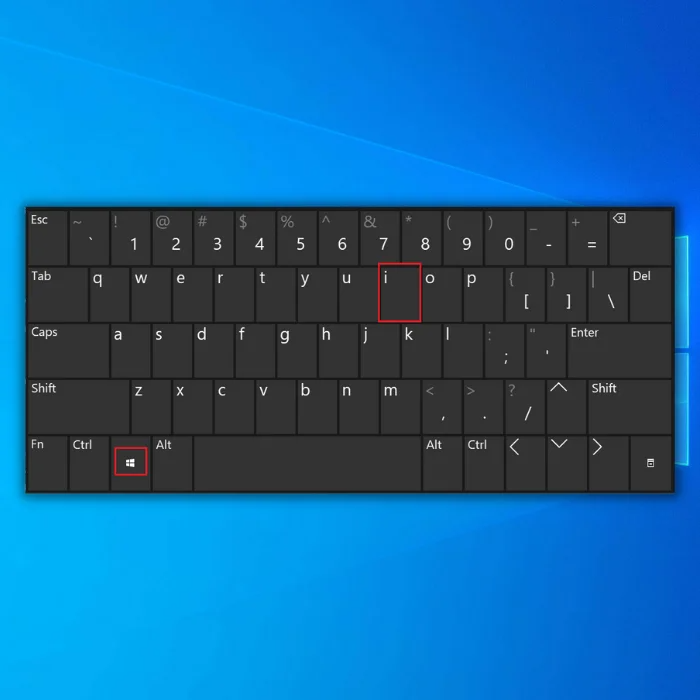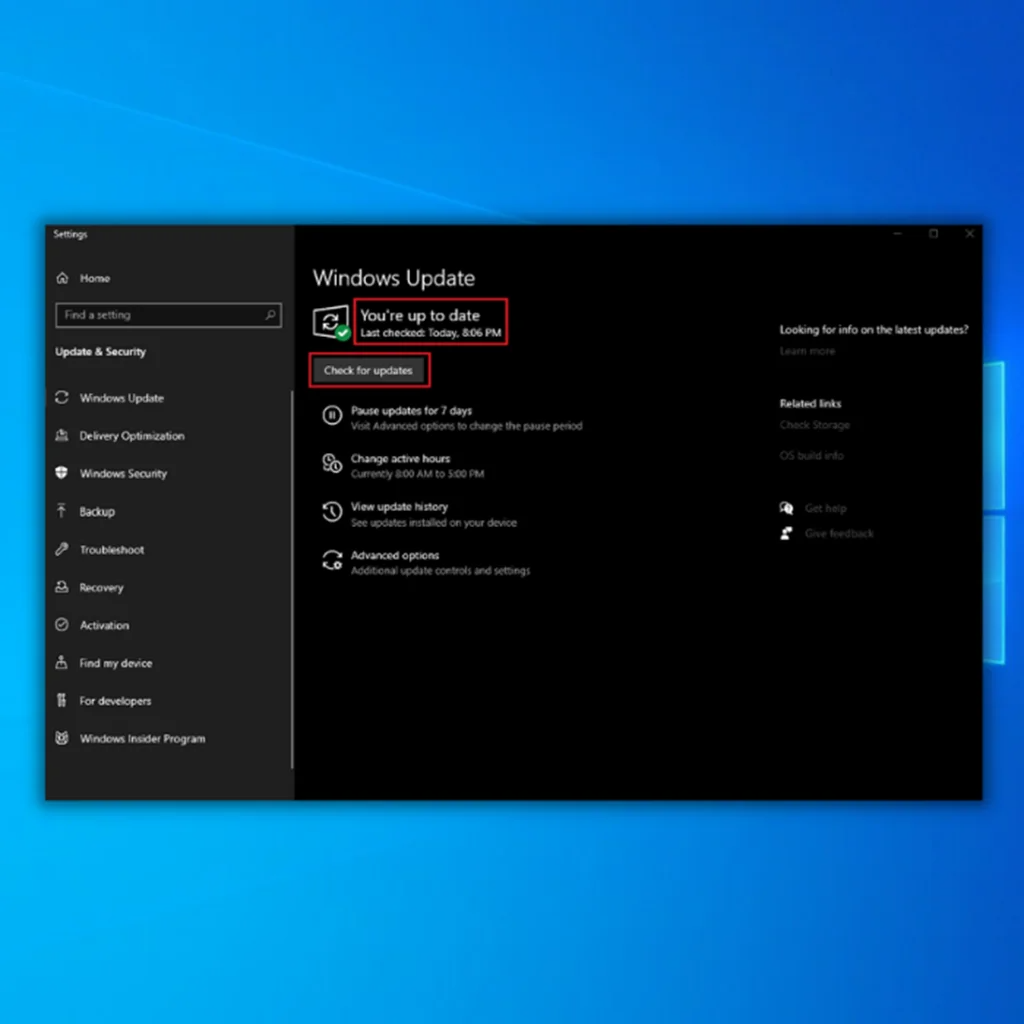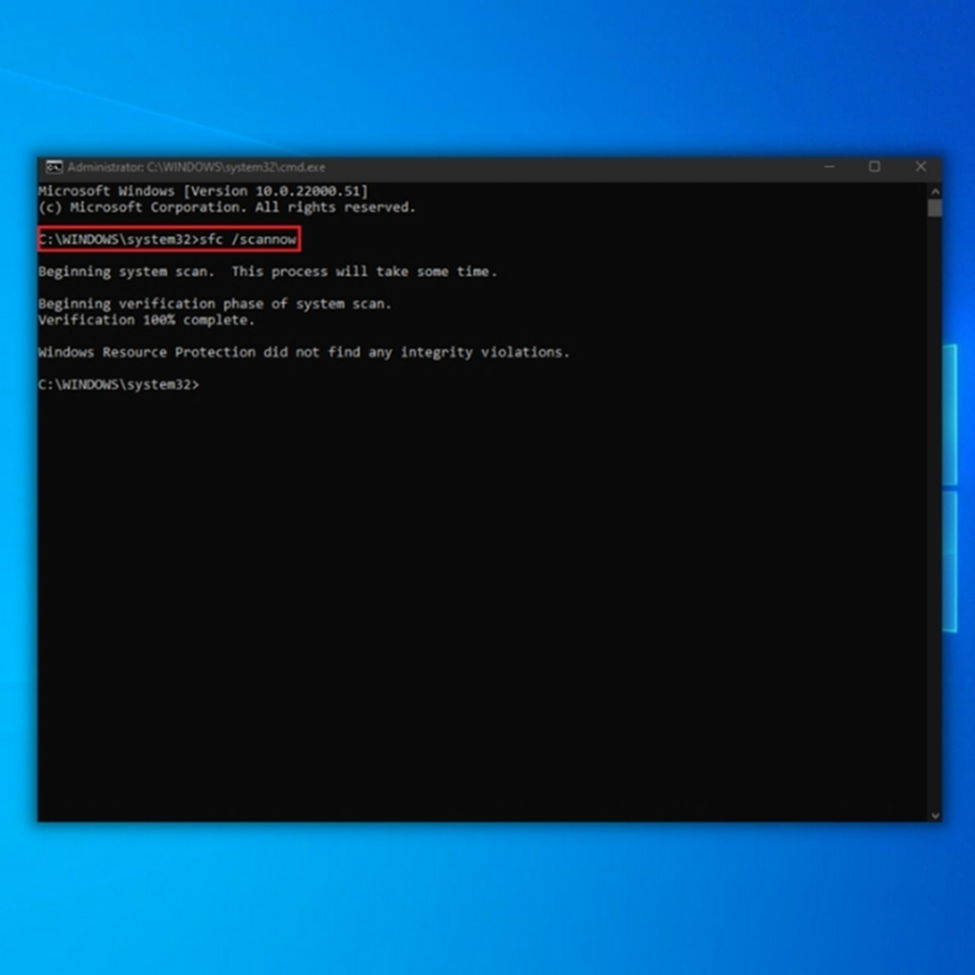![[FIXED] Windows 10 Error “This App Can’t Run on Your PC”](https://cdn.techloris.com/app/uploads/2021/10/Windows-10-Error.png)
[FIXED] Windows 10 Error “This App Can’t Run on Your PC”
Things don’t always turn out the way we anticipate them to. For example, a program or application may fail to load on your computer, displaying the message this app can’t run on your pc.
It’s undoubtedly one of the most irritating issues, affecting many Windows 10. It can display when you try to open various programs, including pre-installed Windows programs, classic games, and even third-party applications. The error message can appear in a variety of ways, among the most prevalent being:
Recommended: To easily install drivers automatically, use the tool below.
- This app can’t run on your PC (name of Anti-virus application)
- This app can’t run on your PC, Windows store error
- This app can’t run on your PC, batch file
- This app can’t run on your PC, game error
- This app can’t run on your PC, access is denied

If you are one of the thousands of users experiencing this error, you are in the right place. Today, we will discuss the best troubleshooting methods you can perform to finally fix this app can’t operate on your PC Error on your Windows 10 computer.
Common Reasons for “This App Can’t Run on Your PC” Message
There are several reasons why you might encounter the “This app can’t run on your PC” message when trying to use an application on your Windows 10 computer. Understanding these common causes can help you identify the root of the problem and apply an appropriate solution. Here are some of the most frequent reasons for this error message:
- Incompatible Application or Driver: One of the most common reasons for this error is that the application or driver you are trying to run is not compatible with your current version of Windows. This can occur when you try to use older software or drivers designed for previous Windows versions.
- Corrupted or Missing System Files: If essential Windows system files are corrupted or missing, it can lead to various issues, including the “This app can’t run on your PC” error. These files can become damaged due to malware, hardware issues, or an incomplete Windows update.
- Incorrect File Type: Sometimes, the error may occur because you are trying to run a file type that is not supported by your system. For instance, attempting to execute a macOS or Linux application on a Windows PC will result in this error.
- Insufficient Permissions: If you do not have the administrative privileges to run an application, you might encounter this error message. Some programs require administrator access to function correctly.
- Outdated Windows Version: If your Windows operating system is outdated, it can cause compatibility issues with certain applications and drivers, resulting in the “This app can’t run on your PC” message.
- Faulty or Incomplete Application Installation: If the application you are trying to run has not been correctly installed or is missing essential components, it can lead to this error. An incomplete installation can occur due to interruptions during the installation process or a failure to download all necessary files.
- Conflicts with Security Software: In some cases, the error can be triggered by conflicts between the application and your installed security software, such as antivirus or firewall programs. These programs may block the application from running due to perceived security risks.
By understanding these common reasons for the “This app can’t run on your PC” message, you can better troubleshoot the issue and apply an appropriate solution from the methods discussed in the article.
How to Fix This App Can’t Run on Your PC
First Method – Run the Program in Compatibility Mode and as an Administrator
Compatibility mode is a function from Windows that allows older programs and applications to work on Windows 10.
- Right-click on the program’s icon, “This app can’t operate on your PC.” Error and click on “Properties.”

- Go to the “Compatibility” tab and click on “Run this program in compatibility mode for:” and then select “Windows 8”. Tick the box for “Run this program as an Administrator” as well and then click on “OK.”

- Once all of the above steps have been performed, try to open the problematic application to see if the “This app can’t operate on your PC” error has been fixed.
Second Method – Turn Off Vpn Proxy Services
A proxy or VPN service may prevent outgoing connections to Microsoft Store servers, resulting in the This app can’t operate on your PC error.
- Locate your taskbar at the bottom right of your window.
- Left-click your network icon.
- Next, select “Open Network & Internet Settings.”

- On the left pane, click on the “Proxy” button.
- A new folder will open. Toggle the button that says “Automatically detect settings.“

- Restart your PC and check if the “This app can’t operate on your PC” error has been fixed.
- See Also: Windows Taskbar won’t open
Third Method – Enable Sideloading for Apps
Installing apps from an approved source, such as the Microsoft store, is sideloading. Your company can develop its apps, such as line-of-business (LOB). Many businesses build their applications to solve challenges specific to their industry.
When you sideload an app, you deploy a signed app bundle to a device. You’re in charge of app signing, hosting, and deployment.
- Press the “Windows” key on your keyboard and press “R” to bring up the run line command type in “control update,” and press enter.

- Click on “For Developers” in the left pane and enable “Install apps from any source, including loose files.”

- Restart your computer and check if the issue has been fixed.
Fourth Method – Create a New Admin Account
There’s a good chance that your current administrator account has been compromised. As a result, follow these steps to resolve the problem:
- Hold the “Windows” + “I” keys to open the Windows computer settings.

- Click on “Accounts,” click on “Family & other users” on the left pane and click on “Add someone else to this PC.”


- Click on “I don’t have this person’s sign-in information.”

- Click “Add a user without a Microsoft account in the next window.”

- Type in the credentials of the new administrator account and click next. You will then return to the Windows settings page, select your newly created account and click “Change account type.”

- In the next window, select “Administrator” in the Account type and click “OK.”

- Restart your computer, log in to your newly created administrator account, and check if the error persists.
Fifth Method – Check for New Windows Update
Windows rolls out new updates religiously to fix bugs and issues and improve the system’s stability.
- Press the “Windows” key on your keyboard and press “R” to bring up the run line command type in “control update,” and press enter.

- Click on “Check for Updates” in the Windows Update window. If no updates are available, you should get a message saying, “You’re Up to Date.”

- If the Windows Update Tool finds a new update, let it install and wait for it to complete. You may be required to restart your computer for it to install.

- If your computer has installed a new update, check if the “This app can’t operate on your PC.” The error has been fixed.
Sixth Method – Run the System File Checker (SFC) Scan
You can use a free utility with the Windows operating system to scan for and repair corrupt or missing drivers and Windows files. Follow these procedures to scan your computer with the Windows SFC.
- Hold down the “Windows” key and press “R,” and type “cmd” in the run command line. Hold the “ctrl and shift” keys together and press enter. Click “OK” on the next window to grant administrator permissions.

- Type “sfc /scannow” in the command prompt window and press enter. Wait for the SFC to complete the scan and restart the computer. Once done, run the Windows Update tool to check if the issue has been fixed.

Seventh Method – Run the Windows DISM (Deployment Image Servicing and Management) Tool
The DISM utility checks for and corrects problems with the Windows Imaging Format stored in the system, leading to problems with system files.
- Press the “windows” key and then press “R.” A small window will appear where you can type “CMD.”
- The command prompt window will open, type in “DISM.exe /Online /Cleanup-image /Restorehealth” and then press “enter.”

- DISM utility will start scanning and fixing any errors. Once completed, restart your PC. Open the Task Manager to see if the error persists.
Final Words
We hope you were able to address the infamous problem on your computer. We recommend generating a system restore point and updating your operating system regularly to ensure you don’t have to repeat this mistake and suffer further harm. As a result, you can always return to a former condition in which everything worked well.
Frequently Asked Questions
How do you fix error message this app can’t run on this PC?
When you receive the error message “this app can’t run on this PC,” it is typically caused by an incompatible app or driver. To fix this error, you will need to uninstall the incompatible app or driver and then reinstall it. If you are unsure which app or driver is causing the issue, you can try running the Windows Compatibility Troubleshooter.
How do I force an app to run on my computer?
To force an app to run on your computer, you need to take the following steps:
Download the app onto your computer.
Once the app is downloaded, open it and click on the “Settings” tab.
Within the Settings tab, an option should be “Force App to Run.” Click on this option and then select “Yes.”
How do you change compatibility mode in Windows 11 apps?
In Windows 11, a setting called Compatibility mode allows you to run apps in an older version of Windows. This can be useful if you have an app that is not compatible with the current version of Windows. To enable Compatibility mode, go to the settings for the app and enable the option.
How do you enable app side loading for third party software?
To enable app-side loading for third-party software, you must first enable the Unknown Sources option in the Settings menu of your Android device. Once that is done, you can download and install any Android app from the Google Play Store or elsewhere. Remember that enabling this option can make your device vulnerable to malicious software, so only install apps from sources you trust.
Can’t update Windows Store apps?
If you’re having trouble updating your Windows Store Apps, there are a few things you can try. First, make sure that you have a strong internet connection. If you’re still having trouble, try restarting your computer and updating the apps again. If that doesn’t work, you may need to uninstall and reinstall the apps.
How do I use the program compatibility troubleshooter?
The Program Compatibility Troubleshooter is a tool that can be used to help fix problems that you may be having with running older programs on your computer. To use the troubleshooter, click the Start Menu and type “compatibility” into the search box. Once the troubleshooter appears, follow the instructions to help fix your problem.

![[FIXED] Windows 10 BSOD Error “Critical Process Died”](https://cdn.techloris.com/app/uploads/2021/08/image-150.png)


